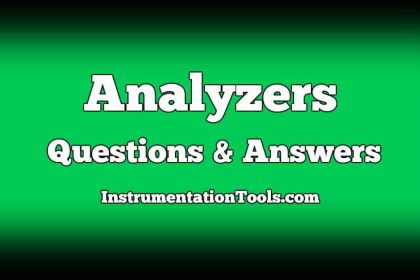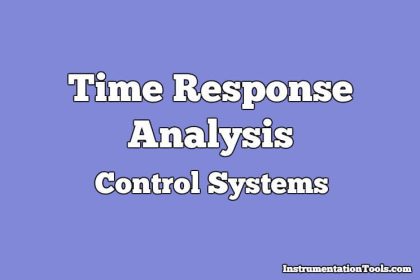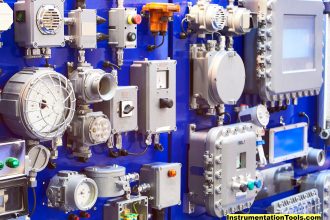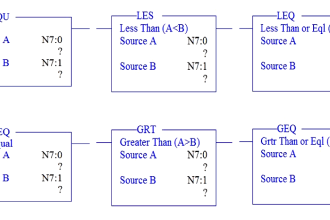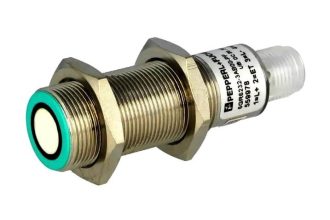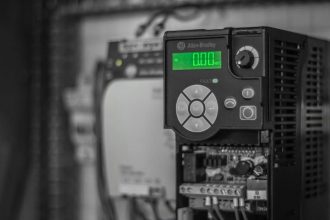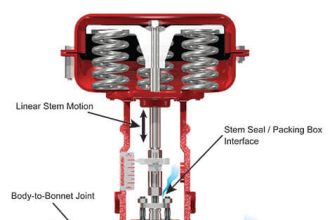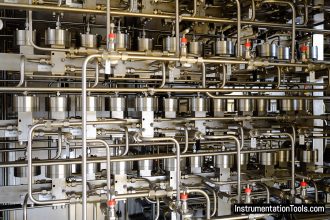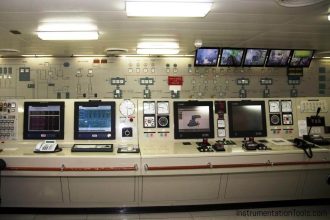Magnetic Deflection Mass Spectrometer Questions & Answers
1. Which of the following produces the electron beam in magnetic deflection mass spectrometer?
a) Tungsten filament
b) Quartz rod
c) Silica
d) Rhodium filament
Answer: a
Explanation: Tungsten filament produces the electron beam in magnetic deflection mass spectrometer. The electrons are produced by the heated filament.
2. In magnetic deflection mass spectrometer, in which of the following ways is acceleration applied to the direction of motion?
a) In random manner
b) Parallel to it
c) Perpendicular to it
d) Along it
Answer: c
Explanation: Acceleration in mass spectrometer, is applied perpendicular to the direction of motion. The velocity of the object remains constant.
3. Direct focussing is obtained by deflecting the ion beam along a _________ trajectory through the magnetic field.
a) 120o
b) 150o
c) 190o
d) 180o
Answer: d
Explanation: Direct focussing is obtained by deflecting the ion beam along a 180o trajectory through a magnetic field. The gap between the poles must be large enough to contain the ion source.
4. Which of the following separate the ions according to their mass-to-charge?
a) Ion source
b) Detector
c) Magnetic sector
d) Electric sector
Answer: c
Explanation: Magnetic sector will separate the ions according to their mass-to-charge. The magnet will decide the mass to charge ratio.
5. Mattauch-Herzog geometry involves a deflection of which of the following radians in a radial electrostatic field analyser?
a) √2Π
b) Π/2
c) Π/3√4
d) Π/4√2
Answer: d
Explanation: Mattauch-Herzog geometry involves a deflection of Π/4√2 radians in a radial electrostatic field analyser. It is followed by a magnetic deflection of Π/2 radians.
6. Which of the following leads to limitation of resolution?
a) All ions do not have same energy
b) All ions do not have same charge
c) All ions are not of the same size
d) All ions do not have the same charge
Answer: a
Explanation: The resolution is limited as all ions do not have the same energy. Hence, the ions would not have the same velocity.
7. The electric sector field is not subject to hysteresis.
a) True
b) False
Answer: a
Explanation: The electric sector field is not subject to hysteresis. Hence, the relationship between mass to charge ratio and accelerating voltage is linear.
8. Which of the following components need to be added in order to increase the resolution?
a) Ion source
b) Detector
c) Magnetic sector
d) Electric sector
Answer: d
Explanation: Electric sector needs to be added in order to increase the resolution. This compensates for the decrease in resolution due to varying velocities.
9. Which of the following is commonly varied in magnetic deflection mass spectrometer?
a) Electric sector
b) Magnetic fold strength
c) Magnetic constant
d) Electric constant
Answer: b
Explanation: Magnetic fold strength is usually varied in magnetic deflection mass spectrometer. Electric sector is kept constant.
10. Nier-Johnson geometry involves a deflection of which of the following radians in a radial electrostatic field analyser?
a) Π
b) Π/2
c) Π/3
d) Π/4
Answer: b
Explanation: Nier-Johnson geometry involves a deflection of Π/2 radians in a radial electrostatic field analyser. A magnetic deflection of Π/3 radians follows the analyser.
11. An accuracy of 1 part in 102 has been obtained in precision mass measurements.
a) True
b) False
Answer: b
Explanation: An accuracy of 1 part in 109 has been obtained in precision mass measurements. Spectrographs with photographic reading are used for analysis of solids.

